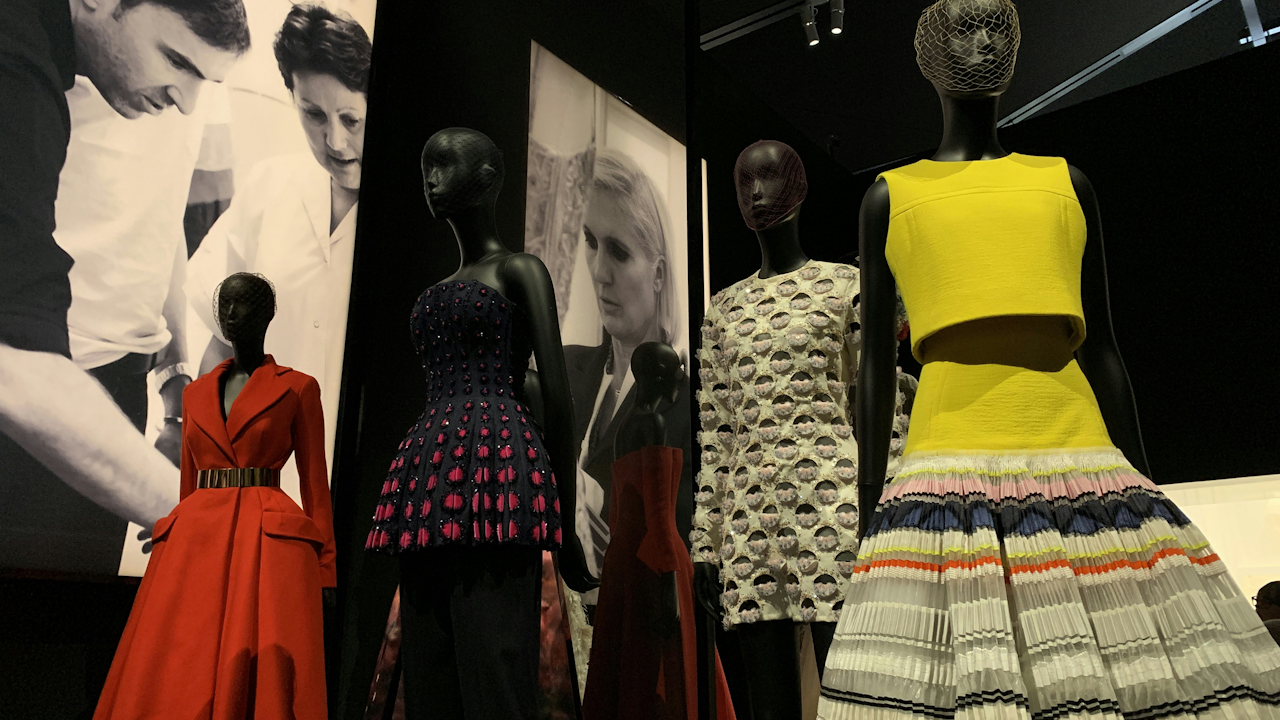The sartorial landscape is a vibrant tapestry, constantly rewoven with new threads of color. From the fiery reds of a power suit to the serene blues of a summer dress, color in fashion is far more than an aesthetic choice. It is a powerful psychological tool, a silent language that communicates mood, status, and even social shifts. Understanding the psychology behind color trends in fashion requires delving into the intricate interplay of human perception, cultural association, historical context, and the strategic machinations of the industry itself.
At its core, color psychology operates on a fundamental level of human experience. Our brains are hardwired to respond to different hues in specific ways. Red, for instance, is universally recognized for its associations with passion, energy, and aggression. It elevates heart rate and commands attention. Blue, on the other hand, evokes feelings of calmness, trust, and stability, reminiscent of the sky and ocean. Green speaks to nature, growth, and harmony, while yellow often signifies joy, optimism, and warmth. These primal responses form the bedrock upon which more complex cultural and fashion-specific meanings are built.
However, these inherent associations are not static. They are constantly being shaped and reshaped by cultural narratives and societal shifts. Consider the evolution of pink. Once a color associated with masculinity in some Western cultures, it has undergone a dramatic transformation to become synonymous with femininity. This shift was not accidental but rather a product of marketing and changing social norms. Similarly, the perception of black has evolved from a color of mourning to one of sophistication and elegance, largely due to its adoption by high fashion and its association with power and authority.
The historical context also plays a crucial role in shaping color trends. Economic booms often see a rise in optimistic and vibrant colors, reflecting a general sense of prosperity and confidence. Conversely, periods of recession or uncertainty may witness a return to more subdued, practical, and comforting palettes. The scarcity or abundance of certain dyes in past eras also influenced the prevalence of colors. For instance, the difficulty and expense of producing certain vibrant blues or purples historically made them colors of royalty and prestige. While modern dyeing techniques have removed these practical limitations, the echoes of these historical associations can still subtly influence our perceptions.
The fashion industry itself acts as a powerful orchestrator of color trends. Far from being spontaneous occurrences, these trends are often the result of meticulous research, forecasting, and strategic dissemination. Trend forecasting agencies, a key player in this process, analyze a vast array of data points: socio political climates, technological advancements, art exhibitions, street style, and even consumer sentiment. They identify emerging themes and translate them into actionable color palettes for designers and manufacturers. This foresight allows the industry to present a cohesive vision, creating a sense of novelty and desirability around specific hues.
Designers, too, are pivotal in solidifying color trends. Their collections act as influential platforms, showcasing and legitimizing particular palettes. When a prominent designer features a specific color prominently in their runway show, it garners media attention, influences buyers, and trickles down to mass market retailers. Celebrities and influencers further amplify these trends, making them aspirational and desirable to a wider audience. The ubiquitous presence of a color across various fashion segments creates a pervasive visual language, making it feel current and fashionable.
Beyond the industry’s influence, there is a fascinating psychological dynamic at play regarding consumer behavior and color trends. The desire for novelty and self expression often drives the adoption of new colors. Wearing a trending color can be a way to feel connected to the zeitgeist, to signal one’s awareness of current fashion currents. It can also be a subtle form of social signaling, allowing individuals to align themselves with certain groups or aesthetics. Conversely, the rejection of a trend can also be a form of self expression, a deliberate act of individuality.
The cyclical nature of color trends is also rooted in psychological principles. Just as our palates crave variety in food, our visual senses seek novelty in color. After prolonged exposure to certain colors, a sense of “fatigue” can set in, leading to a desire for something fresh and different. This cyclical pattern ensures a constant refresh of the fashion landscape, keeping consumers engaged and encouraging new purchases. What was once considered “in” eventually becomes “out,” paving the way for its eventual resurgence with a renewed sense of nostalgia or a contemporary twist.
In conclusion, the psychology behind color trends in fashion is a multifaceted and dynamic field. It is a testament to the profound impact of color on the human psyche, its ability to communicate without words, and its inherent connection to our cultural and historical narratives. From primal associations to industry orchestration, and from consumer desires to cyclical patterns, color in fashion is a powerful force that continually shapes not only what we wear but also how we feel and how we perceive the world around us. Understanding these intricate layers allows us to appreciate the subtle yet significant power of color in defining the ever evolving tapestry of style.

